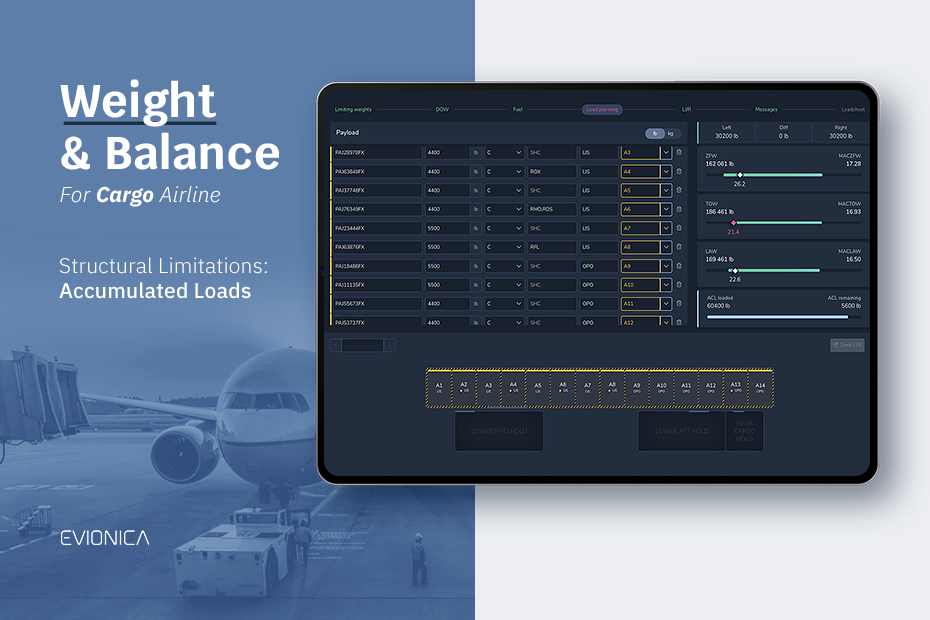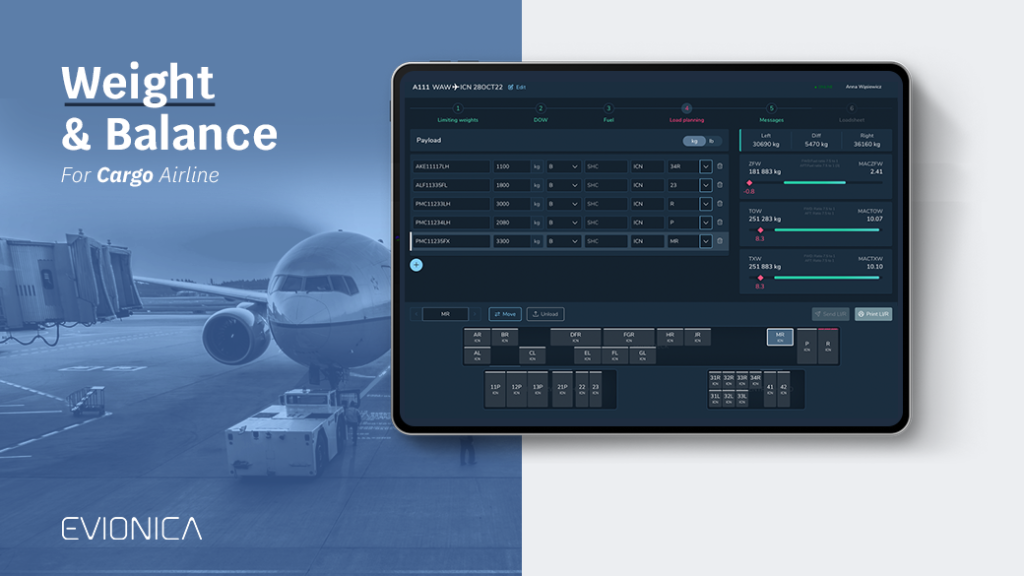Structural Limitations: Design Weights and Center of Gravity Limits
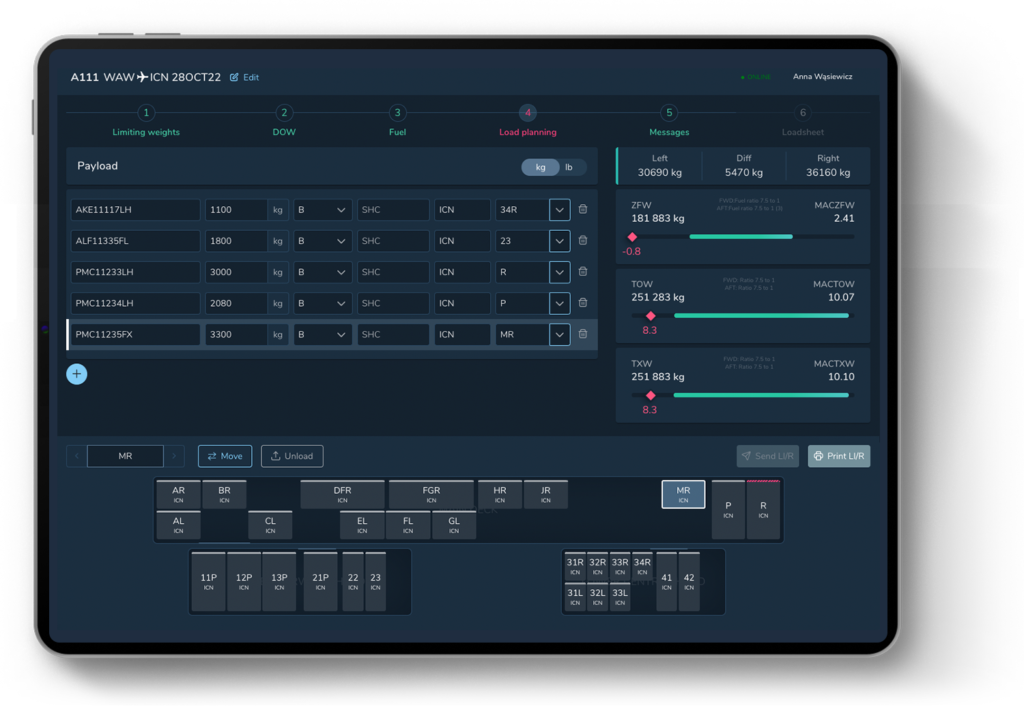
To assure safe operation, aircraft must be loaded in accordance with all of its limitations. The limits in the first place state what is the allowed threshold for Center of Gravity (CG) position and what are the Maximum Design Weights of the aircraft.
It is common for CARGO aircraft, especially converted ones (passenger configuration modified to serve as a freighter), that some extra rules are introduced as a result of modification of aircraft structure. Usually, the additional restrictions and checks allow to increase loading capabilities (under some special circumstances) while still complying with the airframe’s structural limitations.

Operational Envelope is the limitation designed to monitor CG position versus actual mass of the aircraft. It describes how far the CG can be located FORWARD and AFT from its neutral point. For some aircraft, like MD-11F, the allowable limits depend on Fueling Schedule* or Additional Gear retraction.
* Fueling Schedule is a sequence of filling the tanks with fuel
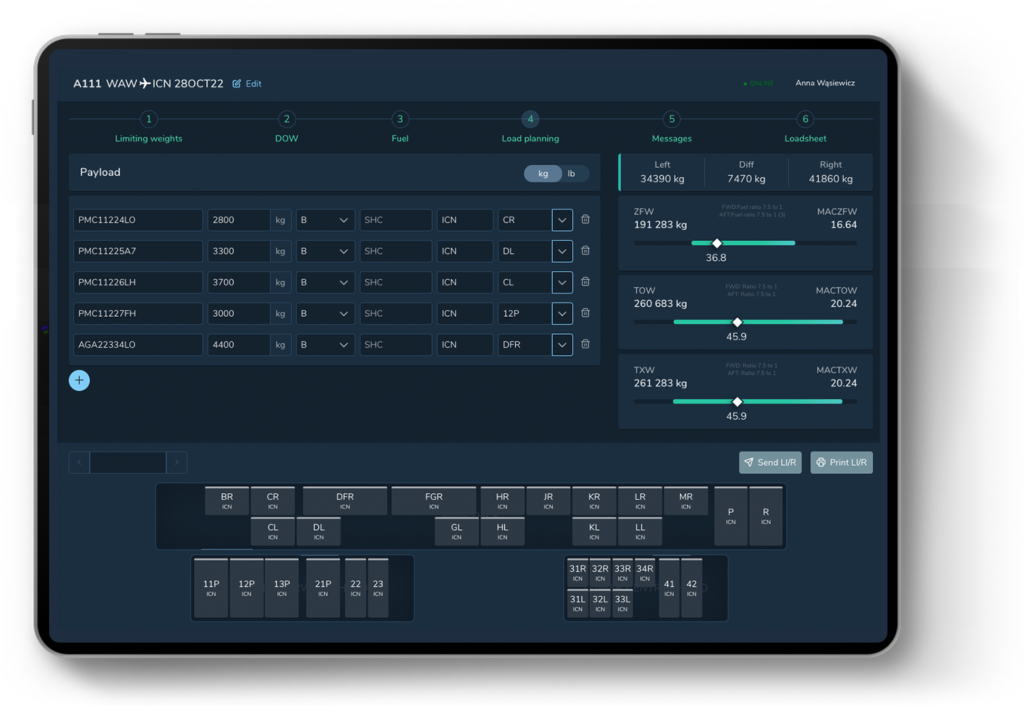
Let’s use the following example prepared for MD-11F :
When fuel is distributed more carefully in tanks, assuring the specific ratio of 7.5 gallon loaded in a tail tank for each 1 gallon in center tank, the AFT limitation for Center of Gravity position for aircraft with Zero Fuel Weight of 160 000 kg can be increased to 27.3% MAC. While when fueling without paying attention to that ratio, the AFT limitation for the same Zero Fuel Weigh is 22.7% MAC. Increasing this threshold gives more flexibility while loading the aircraft.
On the other hand, in the case of converted B747-400:
It is allowed to increase the total payload allowance in the section behind the wing from 105 280 lb to 125 100 lb under condition that the FWD limitation of CG position is restricted to 15.5% MAC, while the standard limit is 11% MAC when this 105 280 lb of payload is not exceeded.
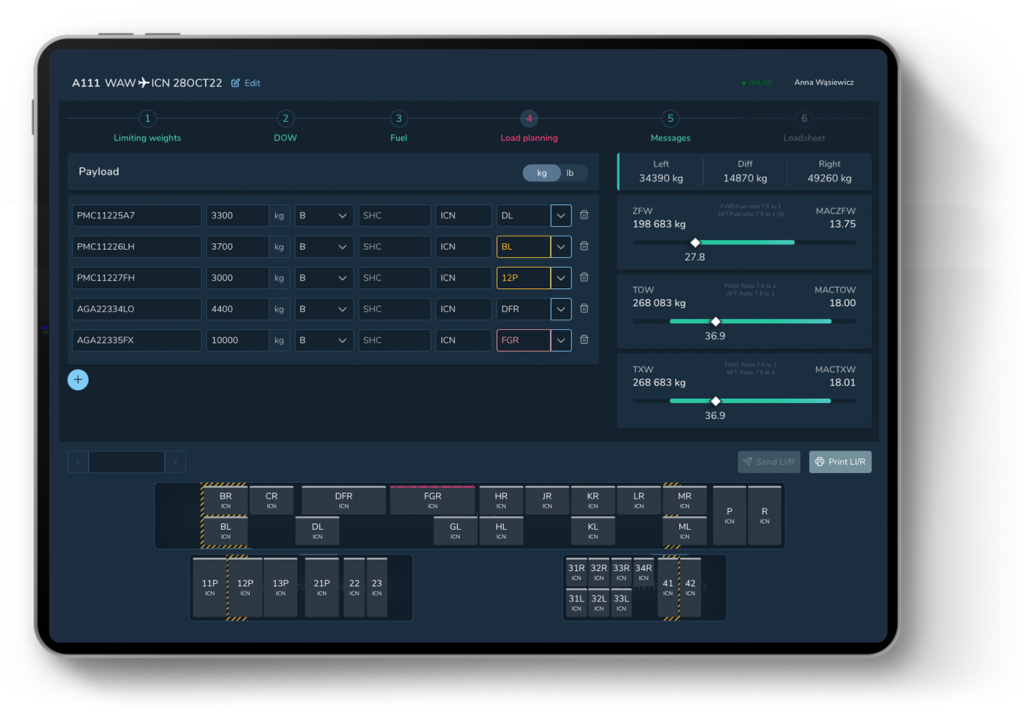
The Evionica app is designed in such a way that it will dynamically select the appropriate limitation, depending on the actual Taxi and Take-off masses, selected type of Fueling Sequence, payload mass loaded in some specific fuselage section or position of the Additional Gear. Simple bar indicators are used to reflect the resulting FWD and AFT limitations, against which the actual CG position is validated in a real-time.

